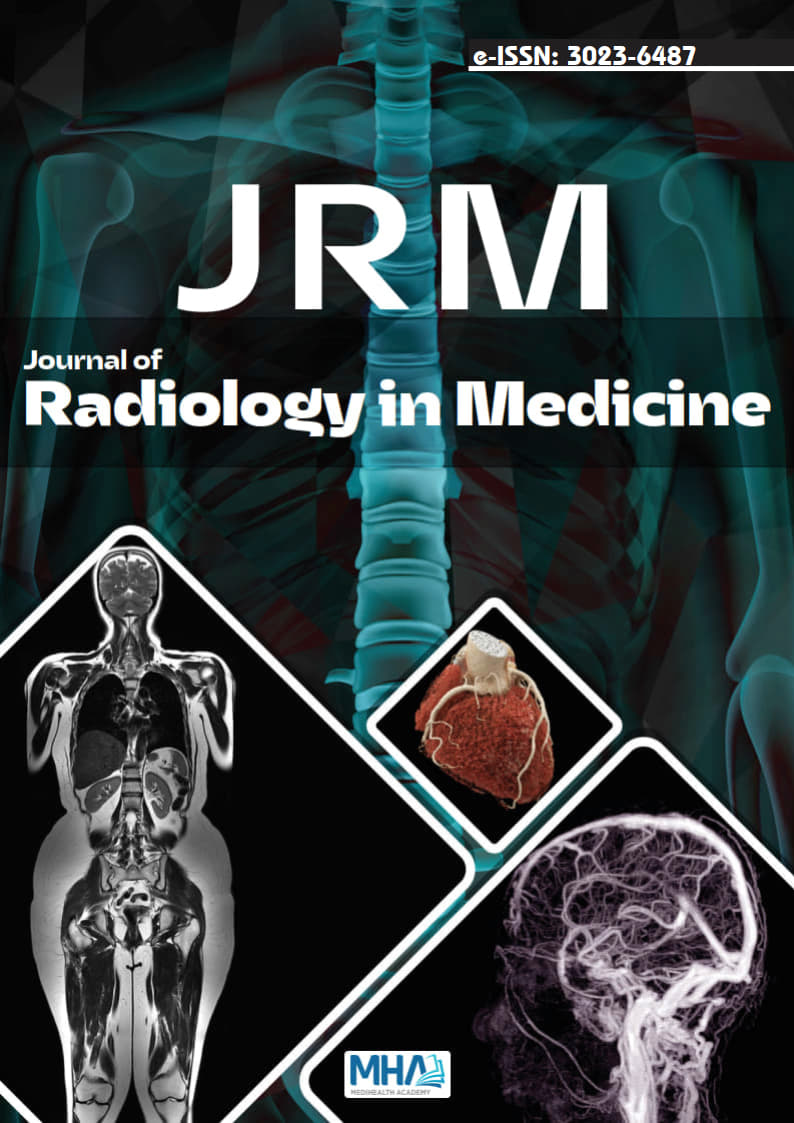1. Jung JY, Kim YB, Lee JW, Huh SK, Lee KC. Spontaneous subarachnoidhaemorrhage with negative initial angiography: a review of 143 cases. JClin Neurosci.2006;13(10):1011-1017. doi:10.1016/j.jocn.2005.09.007
2. International Study of Unruptured Intracranial Aneurysms I. Unrupturedintracranial aneurysms--risk of rupture and risks of surgical intervention.N Engl J Med. 1998;339(24):1725-1733.
3. Juvela S, Poussa K, Lehto H, Porras M. Natural history of unrupturedintracranial aneurysms: a long-term follow-up study. Stroke. 2013;44(9):2414-2421. doi:10.1161/STROKEAHA.113.001838
4. Juvela S. Risk factors for multiple intracranial aneurysms. Stroke.2000;31(2):392-397. doi:10.1161/01.str.31.2.392
5. Backes D, Vergouwen MD, Tiel Groenestege AT, et al. PHASES score forprediction of intracranial aneurysm growth. Stroke. 2015;46(5):1221-1226. doi:10.1161/STROKEAHA.114.008198
6. Tykocki T, Kostkiewicz B. Aneurysms of the anterior and posteriorcerebral circulation: comparison of the morphometric features. ActaNeurochir. 2014;156(9):1647-1654. doi:10.1007/s00701-014-2173-y
7. Cai W, Shi D, Gong J, et al. Aremorphologic parameters actually correlatedwith the rupture status of anterior communicating artery aneurysms?World Neurosurg. 2015;84(5):1278-1283. doi:10.1016/j.wneu.2015.05.060
8. Dhar S, Tremmel M, Mocco J, et al. Morphology parameters for intracranialaneurysm rupture risk assessment. Neurosurgery. 2008;63(2):185-196;discussion 196-197. doi:10.1227/01.NEU.0000316847.64140.81
9. Morgan M, Halcrow S, Sorby W, Grinnell V. Outcome of aneurysmalsubarachnoid haemorrhage following the introduction of papaverineangioplasty. J Clin Neurosci. 1996;3(2):139-142. doi:10.1016/s0967-5868(96)90007-7
10. Nikolic I, Tasic G, Bogosavljevic V, et al. Predictable morphometricparameters for rupture of intracranial aneurysms - a series of 142 operatedaneurysms. Turk Neurosurg. 2012;22(4):420-426. doi:10.5137/1019-5149.JTN.4698-11.1
11. Rahman M, Smietana J, Hauck E, et al. Size ratio correlates withintracranial aneurysm rupture status: a prospective study. Stroke. 2010;41(5):916-920. doi:10.1161/STROKEAHA.109.574244
12. Ma D, Tremmel M, Paluch RA, Levy EI, Meng H, Mocco J. Size ratio forclinical assessment of intracranial aneurysm rupture risk. Neurol Res.2010;32(5):482-486. doi:10.1179/016164109X12581096796558
13. Raghavan ML, Ma B, Harbaugh RE. Quantified aneurysm shapeand rupture risk. J Neurosurg. 2005;102(2):355-362. doi:10.3171/jns.2005.102.2.0355
14. Rinkel GJ, Djibuti M, Algra A, van Gijn J. Prevalence and risk of ruptureof intracranial aneurysms: a systematic review. Stroke. 1998;29(1):251-256. doi:10.1161/01.str.29.1.251
15. Vlak MH, Algra A, Brandenburg R, Rinkel GJ. Prevalence of unrupturedintracranial aneurysms, with emphasis on sex, age, comorbidity, country,and time period: a systematic review and meta-analysis. Lancet Neurol.2011;10(7):626-636. doi:10.1016/S1474-4422(11)70109-0
16. Greving JP, Wermer MJ, Brown RD, Jr., et al. Development of the PHASESscore for prediction of risk of rupture of intracranial aneurysms: a pooledanalysis of six prospective cohort studies. Lancet Neurol. 2014;13(1):59-66. doi:10.1016/S1474-4422(13)70263-1
17. Asari S, Ohmoto T. Natural history and risk factors of unrupturedcerebral aneurysms. Clin Neurol Neurosurg. 1993;95(3):205-214. doi:10.1016/0303-8467(93)90125-z
18. Forget TR, Jr., Benitez R, Veznedaroglu E, et al. A review of sizeand location of ruptured intracranial aneurysms. Neurosurgery.2001;49(6):1322-1325.
19. Weir B, Disney L, Karrison T. Sizes of ruptured and unrupturedaneurysms in relation to their sites and the ages of patients. J Neurosurg.2002;96(1):64-70. doi:10.3171/jns.2002.96.1.0064
20. Beck J, Rohde S, el Beltagy M, et al. Difference in configuration of rupturedand unruptured intracranial aneurysms determined by biplanar digitalsubtraction angiography. Acta Neurochir (Wien). 2003;145(10):861-865.
21. Skodvin TO, Johnsen LH, Gjertsen O, Isaksen JG, Sorteberg A. Cerebralaneurysm morphology before and after rupture: nationwide case series of29 aneurysms. Stroke. 2017;48(4):880-886.

